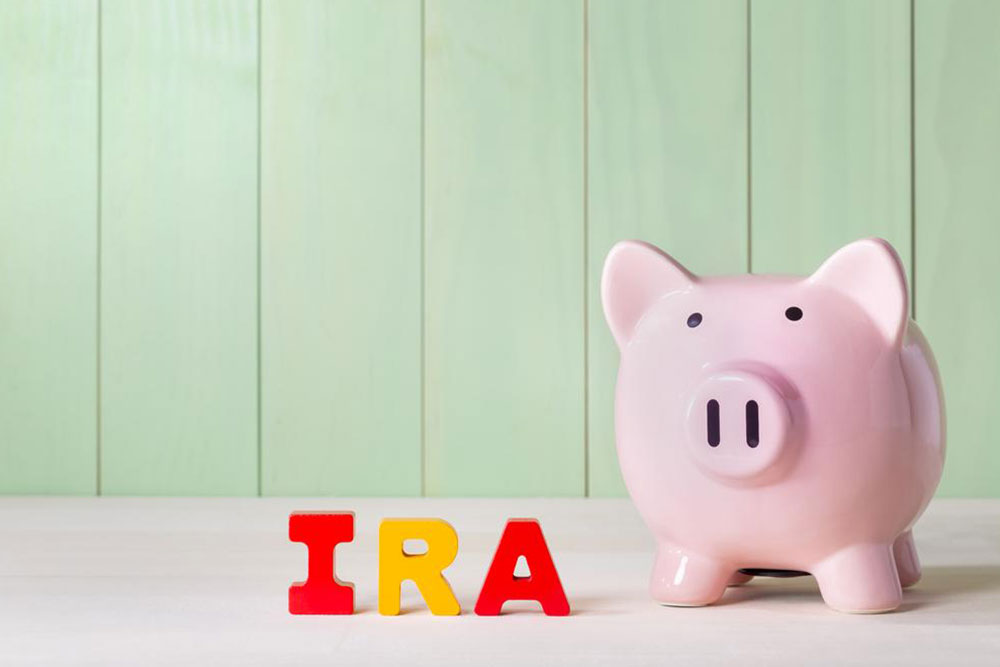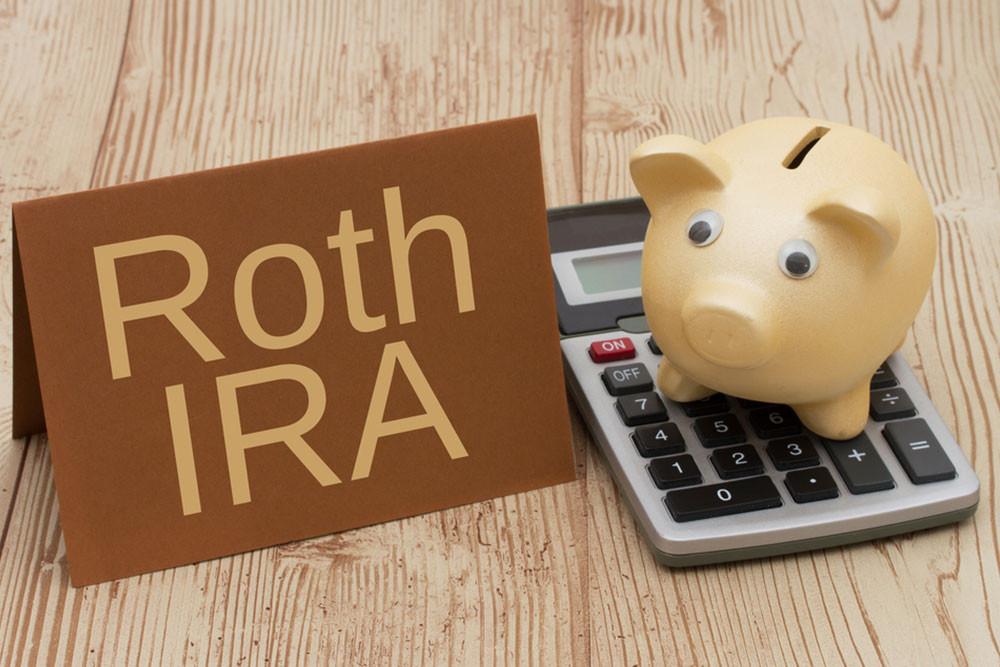Effective Retirement Saving Strategies for a Secure Future
Discover comprehensive strategies to effectively save for your retirement, especially if you have irregular income sources like freelancing or self-employment. Learn how to build a secure financial future through smart account choices, disciplined savings, investment diversification, and partnership planning. Start today to ensure a comfortable retirement tomorrow.

Effective Retirement Saving Strategies for a Secure Future
In an era where more individuals are pursuing freelance or gig-based work instead of traditional full-time employment, securing a stable financial future through retirement savings has become increasingly vital. The inconsistency and variability in freelance income streams pose unique challenges, making strategic planning essential for building a robust retirement nest egg. Whether you're self-employed, freelancer, or work irregular hours, understanding and implementing the right retirement saving strategies can significantly impact your future financial security. This comprehensive guide explores proven methods and best practices to help you prepare effectively for retirement, regardless of your employment status.
Start a Personal Retirement Account (PRA)
Many traditional employees benefit from employer-sponsored retirement plans such as 401(k)s; however, for self-employed individuals or freelancers, establishing their own retirement savings vehicle is crucial. A popular and flexible option is opening a Personal Retirement Account (PRA), which allows you to contribute funds directly from your taxable income. These accounts serve as a long-term investment tool, helping to grow your savings steadily over time.
By contributing regularly to a PRA, you effectively create a dedicated fund for your retirement goals. These accounts often offer tax advantages, such as immediate tax deductions or tax-free growth, depending on the type of account you choose. For example, a Roth IRA permits you to make contributions with after-tax dollars, and your withdrawals during retirement are tax-free, offering greater flexibility and potential tax savings down the line.
If you're currently unemployed or earning inconsistent income, don't let that stop you from building your nest egg. Even small, regular contributions can accumulate over time and provide substantial benefits later. The key is consistency and making contributions a non-negotiable part of your financial planning.
**Bonus Tip** — Embrace tax-efficient investment accounts like Roth IRAs, which allow you to enjoy tax-free withdrawals during retirement, adding an extra layer of financial security.
Integrate Retirement Savings as a Fixed Monthly Expense
Amid the day-to-day expenses such as bills, groceries, and miscellaneous costs, retirement savings often get overlooked. To ensure consistent progress toward your retirement goals, treat savings as a fixed monthly expense. Ideally, allocate at least 10% of your monthly income toward your retirement fund or savings account. This approach enforces discipline and guarantees that you are steadily building your future financial cushion.
It is important to select accounts dedicated exclusively to retirement, which restricts access to the funds until you reach the appropriate retirement age. This measure prevents impulsive withdrawals that can undermine your savings efforts. Remember, the primary purpose of these accounts is to provide financial security during your retirement years, so they should be safeguarded from temptation and unnecessary withdrawals.
Diversify Your Investment Portfolio
Relying solely on a single type of investment can be risky, especially in volatile markets. To mitigate risks and maximize growth, diversify your retirement investments across various asset classes, including stocks, bonds, mutual funds, and alternative assets. Diversification spreads the risk, enhances stability, and increases the potential for higher returns over the long term.
Regularly review your investment allocations to ensure they align with your evolving retirement timeline and risk tolerance. Consider consulting a financial advisor to create a balanced portfolio tailored to your specific circumstances and goals.
Partner with Your Spouse on Retirement Planning
If you are self-employed or unemployed, navigating government schemes and retirement plans can appear complex and overwhelming. An effective strategy is to collaborate with your spouse or partner, especially if they have a steady income. Your partner can contribute to your retirement accounts or establish joint savings plans, which help in building a resilient financial foundation for both of you.
Having a collaborative approach ensures shared responsibility and can accelerate your progress towards retirement savings. This partnership approach also provides the opportunity to maximize available benefits, such as spousal IRA contributions or joint investment accounts, giving you a more comprehensive and effective retirement plan.
Adjust Contributions According to Income Fluctuations
Retirement contributions should ideally be made on an annual basis, with a deadline around April 15 of each year. However, if your income fluctuates significantly, it's important to adapt your savings schedule accordingly. Instead of sticking rigidly to a fixed contribution plan, prioritize depositing funds whenever your financial situation permits.
This flexible approach ensures that you are consistently making progress without straining your current finances. During periods of higher income, contribute more generously, and during leaner months, make smaller contributions. This adaptive strategy allows you to stay committed to your retirement goals while maintaining financial stability during unpredictable income cycles.
In conclusion, planning for retirement while managing irregular income streams requires strategic effort and disciplined financial habits. Starting a dedicated retirement account, integrating savings as a fixed monthly expense, diversifying investments, collaborating with partners, and adjusting contributions based on income fluctuations are essential steps toward a secure future. Remember, the earlier you start, the more you benefit from compounding growth, and the more prepared you'll be to enjoy a comfortable retirement.





